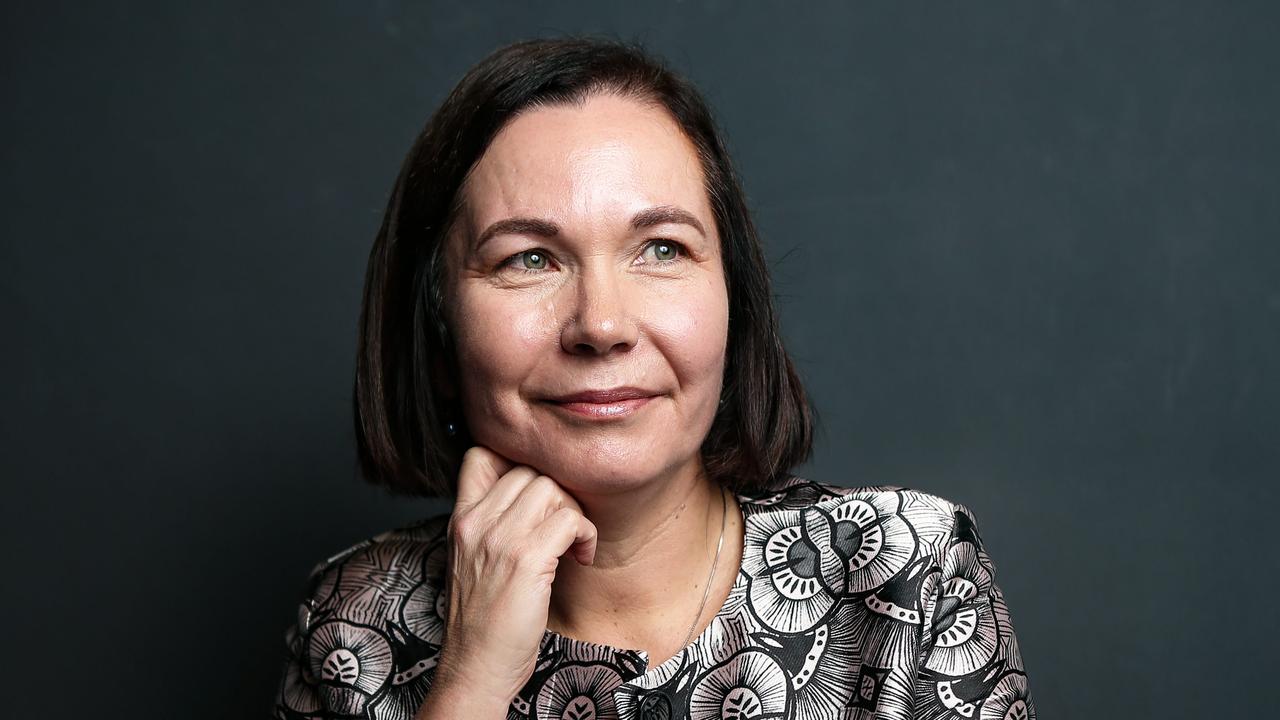The real house price boom hasn’t even begun

Much of the recent talk over the state of the housing market, and property prices more specifically, appears confused. On the one hand we have some high-profile economists warning about the risks of a housing induced recession: some even claim the probability of such an event is 50 per cent over the next year. Elsewhere, we read that the RBA isn’t even concerned enough about house price growth to hold off cutting from already record low rates. Largely because that strong price growth is confined to Sydney.
To my mind, both of these apparently contradictory statements stem from a fundamental misread of current property market dynamics. On the read of one, the current house price spike will come to an abrupt halt over the next 12 to 18 months, as the construction boom picks up and an oversupply takes hold. This is backing the bust view.
On the other, households are constrained by high debt levels, so they are unable to take advantage of the ultra-low interest rate environment. On that view, house price growth more generally will remain constrained, especially given the uptick in construction. With that in mind, developments in Sydney are perhaps an anomaly: driven by either foreign interest or some sort of catch-up following a period of stability in the previous decade.
The more likely scenario is that both of these views are wrong. Indeed the greater probability is that the real house price boom hasn’t even started.
For a start, further interest rate support is guaranteed according to the market and the RBA are expected to cut rates by another 75 basis points this year — to 1.5 per cent. While the RBA held steady yesterday, both the market and many economists expect a cut was pushed over to next month’s meeting.
This matters because it isn’t so much the absolute level of debt that is important to the property market — household debt was also at a record in 2000 — and again in 2004 and 2006. Instead it is the cost of servicing that debt which is the key influence — and debt servicing costs, already at decade lows are only going lower. More to the point, the prospect of rate hikes is not on anyone’s radar. Even should that process begin, the market is unanimous: interest rates will still remain very low. Secondly, and arguably this is the more important supporting factor, there is a fundamental imbalance developing around supply.
Yes building approvals are surging — up some 13 per cent in 2014 to be around their highest levels on record. That’s impressive and perhaps even a little scary for those concerned about a looming property correction: that is, if it wasn’t for the fact that this construction surge is mainly all apartments.
These account for about three-quarters of the rebound in approvals. Detached housing approvals by contrast, aren’t looking so healthy. The latest figures for this segment show approvals have actually declined in two of the last three months, and they’re down about 1 per cent over the year. Over a longer time-frame, house approvals have been lower over the 7 years following the GFC, than in the 7 years prior — and that’s despite rapid population growth.
Now we can’t discount the fact that demographic change may, in part, be driving this shift in construction. Yet that shouldn’t be overplayed. Roughly three-quarters of the existing dwelling stock is detached housing, as opposed to apartments. There is a very good reason for that: 90 per cent of the population belong to what the statistician defines as a “family” household, of which three quarters have kids. Naturally enough, families generally want space — a yard and the like.
That the country is not building sufficient detached housing to meet demand growth, ensures that price support for this segment will remain strong. Already in many cities, the cry rings loud that there is a shortage of detached family housing in “desirable” suburbs.
Without change, and there is none on the horizon, the value of the existing housing stock simply increases: driven further along by income growth, extremely attractive debt serviceability and a household propensity to save.
This, ultimately, is why the real boom probably hasn’t even started yet and why there really is no medium-term threat to house price growth. Even in Sydney — because it is true that much of the surge there reflects a catch-up to prices. Mainly to incomes. For instance over the last decade, annual house price growth in Sydney has averaged less than 5 per cent, which is about half the rate of income growth. That’s not to forget that outside of Sydney, house prices haven’t really done much this year and don’t look too threatening on a longer time frame either — generally rising at a slower pace than incomes and seemingly unmoved at this stage by the very low cost of servicing debt.



To join the conversation, please log in. Don't have an account? Register
Join the conversation, you are commenting as Logout